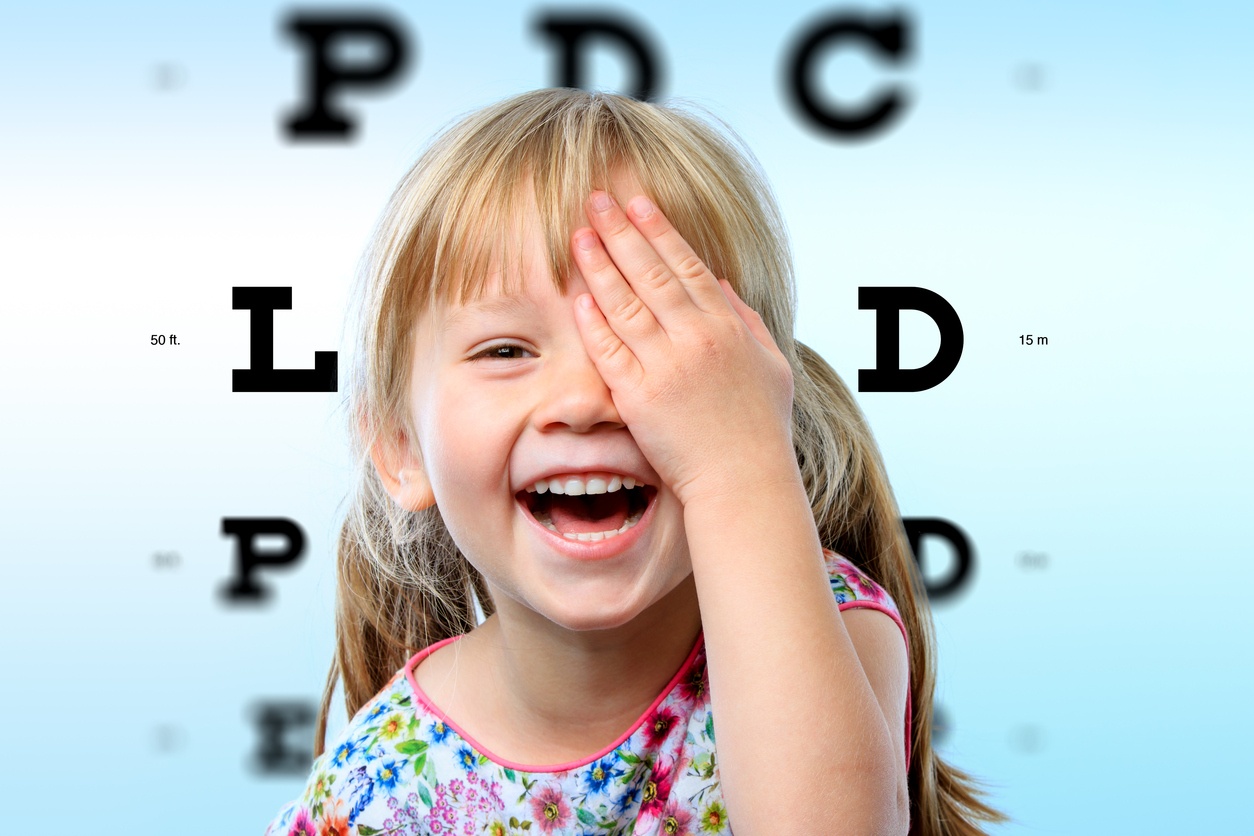
Starting around kindergarten, children should start visiting an optometrist regularly for an annual eye exam. Prior to starting school, children may be screened by their daycare or preschool, or by a pediatrician at a well-child visit. Unless a parent is given notice about vision problems, a child is fine to wait to see an ophthalmologist or an optometrist.
Vision screenings and eye examinations are two different assessments. Vision screenings help identify children at high-risk for vision problems and developmental delays due to eye disease. Early treatment can help reduce problems and prevent vision loss.
Eye examinations provide a comprehensive evaluation of vision functioning and eye health. They are performed by an ophthalmologist or optometrist who can diagnose and prescribe treatment for vision disorders. Optometrists perform eye exams and prescribe corrective lenses to address or correct vision problems. Ophthalmologists are medical doctors who not only perform exams, but also diagnose and treat eye diseases, prescribe medications, and perform eye surgery. They can also write prescriptions for corrective lenses.
Rates of Vision Problems in the U.S.
- Nearly 3 percent of children under 18 are blind or visually impaired.
- The most common cause of vision loss in children is amblyopia, sometimes called “lazy eye”. It affects about 2 percent of children aged 6 months to 6 years.
- Between 2 and 4 percent of children under the age of 6 have strabismus, a misalignment of the eyes. Strabismus can lead to amblyopia.
- Refractive errors, such as myopia, hyperopia, and astigmatism, are the most common types of vision disorders.
Some children are more likely to have eye problems than others. Healthcare providers ask about the following conditions to help assess eye health:
- Premature birth (before 34 weeks)
- A family history of eye problems, such as amblyopia (aka lazy eye), misaligned eyes, or childhood cataract
- An eye injury
- Diabetes; children with diabetes should have a dilated eye exam at least once a year
Vision screening and eye examinations can detect problems before a child’s development is compromised. Some form of vision screening for children is mandated in 40 states. If yours is one of them, see the selection of eye charts and eye models for classroom education.
Sources:
Prevent Blindness® home page
Your Child’s Sight, Prevent Blindness
Children’s Vision and Eye Health, Prevent Blindness






